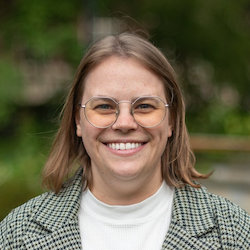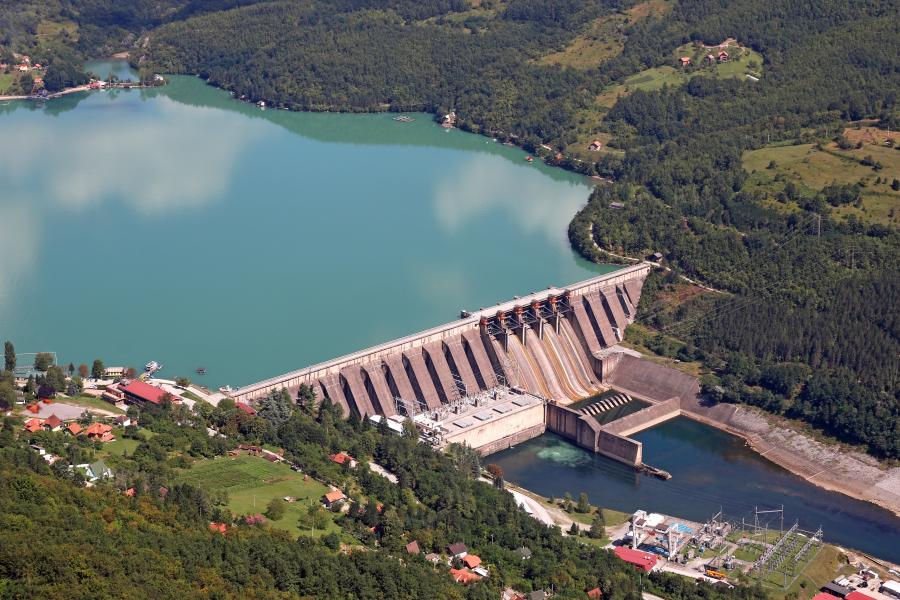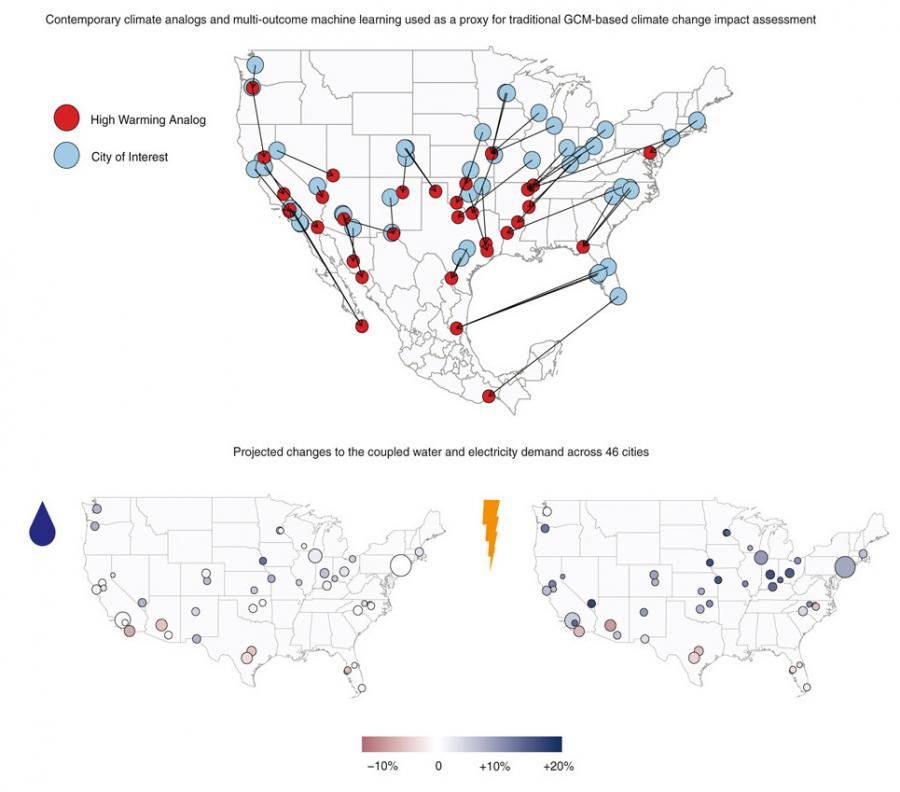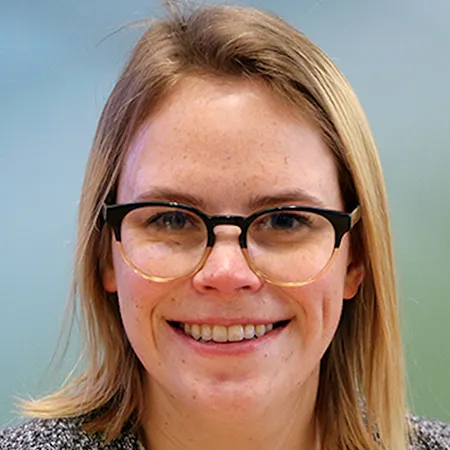When it comes to climate change, the need for interdisciplinary collaboration and effective communication goes well beyond just research partnerships. Some climate scientists—including one from the National Socio-Environmental Synthesis Center (SESYNC)—are presenting climate change impacts in more tangible terms that can bridge the gap between scientists and the public, as well as help utilities plan for climate change adaptation.
One way to achieve this type of interdisciplinary collaboration is to start talking about climate change impacts in a more perceptible way. In a recent One Earth paper, former SESYNC postdoctoral fellow Dr. Renee Obringer and colleagues described their approach to tackling the division between scientists, the public, and utilities in planning for climate adaptation.
Rather than using typical models or climate simulations, the researchers used climate analogs or “sister cities” to help provide a more realistic understanding of climate change impacts. This approach involves pairing one city that’s currently experiencing a climate with one that will experience a similar climate in the future. They then used machine learning to calculate the demand for coupled water and electricity in 46 major U.S. cities.
https://doi.org/10.1016/j.oneear.2023.10.004
Obringer explained, "The climate analogs provide these nice proxies that you can say OK, you currently live in Washington, DC. In 60 years, the climate of DC will most be like the climate of northern Arkansas. It gives you a more tangible understanding that that is what my day-to-day life would be like.”
Most scientists agree that the average temperature on Earth will rise on average 1.5 degrees Celsius above pre-industrial levels. However, Obringer explained there are many barriers to understanding how climate change will impact individual communities or regions when we use these non-specific, scientific terms.
“What is 1.5 degrees Celsius? What does that mean in the U.S. where we don’t even use Celsius?” she said. “One and a half degrees seems so small, and so how do we explain we mean 1.5 degrees on average, and that could mean your given area could be 10 degrees hotter than usual? What are pre-industrial levels?” she elaborated.
The use of analog cities gives residents a point of comparison that can help make climate change impacts much more understandable than the terms usually used to describe such impacts, she explained.
Obringer—now an Assistant Professor in the Department of Energy and Mineral Engineering at Penn State University—explained that the research began while she was working on her doctorate at Purdue and carried over to her postdoctoral fellowship at SESYNC.

“I think being at SESYNC really influenced how I was thinking about some of the implications of our work,” said Obringer. “So, when I first started doing water-energy nexus stuff it was purely from an infrastructure standpoint, and I think being at SESYNC really started to shift that into not just how the infrastructure will be affected, but how will the people be affected—how will the larger systems be affected.”
While her work at SESYNC initially concentrated on the American Southwest, it eventually expanded across the United States—remaining focused, however, on identifying impacts at the local or regional level.
"It’s all about localizing our communication and our impact studies. Adaptation happens at the local level,” she said.
Obringer explained that presenting the future effects in this different way not only makes it easier for communities to adapt but also utilities as they plan for infrastructure that can accommodate increased future demand due to climate change. She said that this kind of regional data is much more accessible for utilities, rather than them doing their own simulations using national or global data and having to downscale.

Unfortunately, the researchers found that despite having much overlap, limited cross-collaboration and communication occurs between electric and water utilities and that they tend to operate on different scales. With a few exceptions, electric and water utilities tend to plan and make decisions independently—even though these systems are highly connected. For example, irrigation systems and water treatment plants use electricity in their operations, and hydropower plants use water to generate electricity. The researchers found that if utilities don’t integrate their planning together, they might not be able to meet future demands, which could lead to system failures.
“Your water and your electricity are so interconnected that if you’re only planning for climate change impacts on your electricity grid and not accounting for the water-related impacts that will, in turn, feed into your electricity, then you’re probably underestimating what your impacts are,” Obringer said.
By providing projections of what coupled electric and water demand will be in U.S. cities, based on their analog cities’ experiences, the researchers hope to give a more tangible picture of what to anticipate in the future. Obringer and her team hope that utilities will use these numbers to collaborate and plan accordingly to give communities the best chance at adapting.
This switch from thinking not just about the infrastructure but also to the people impacted stemmed from thinking more about socio-environmental systems, humans’ behavior and choices, and the built environment.
“The only reason why climate affects our water and electricity demand is because we as people are taking in our environmental conditions and making a decision about how and when we use water and electricity,” she shared.
Though the paper does have negative implications for the increased demand and cost for utilities, it does provide a path forward.
“I think the more that we do these studies, the more we focus on understanding these possible impacts, the better chance we have to actually adapt and hopefully mitigate at the same time. While our paper had a lot of not-great implications, I think the positive is that there is still time,” said Obringer.
“And just as a general positive, work like this is getting more and more popular, which just means in my view we’ll have more opportunities to put some of this into action and hopefully create more equitable, scientifically backed adaptation plans and measures,” she explained.
Learn more about the paper here: https://doi.org/10.1016/j.oneear.2023.10.004

